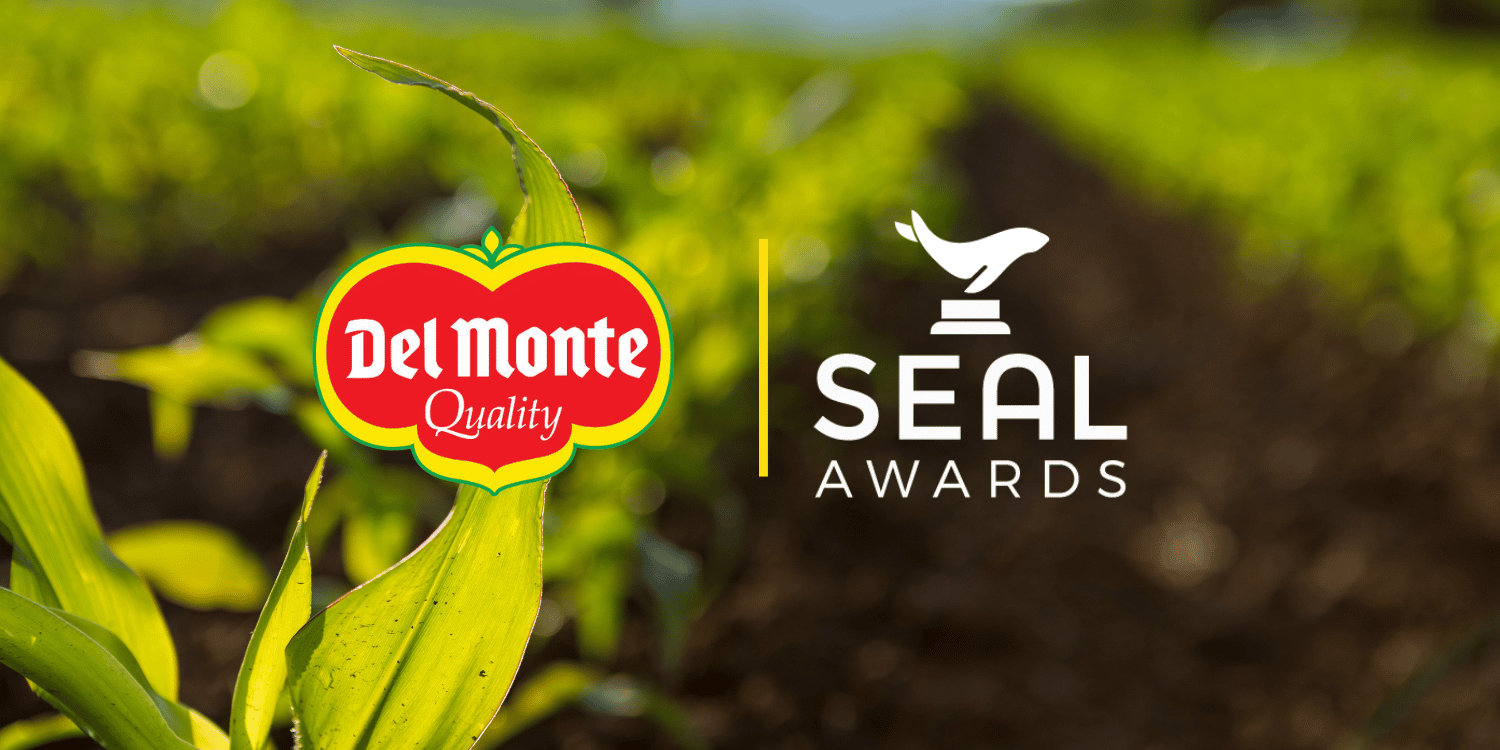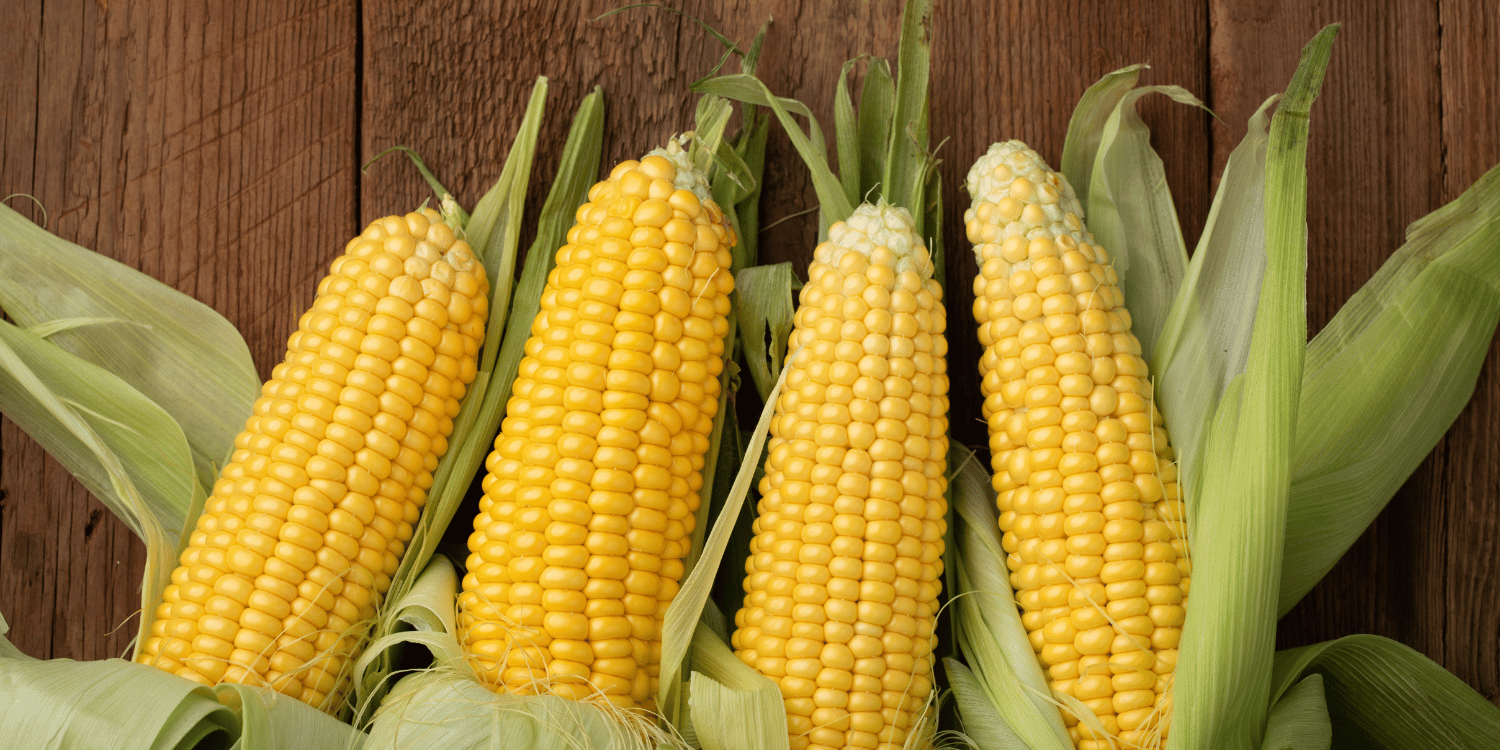Global trade has long been a hotbed of discussion due to its significant impacts on various industries.
Understanding these effects requires an in-depth study of a specific commodity and its distribution chain.
Bananas, a staple and popular consumer item globally, present a compelling case.
There exist numerous examples where these goods’ circulation has been directly shaped by changes in international trade policies.
This discourse will dig in into these intricate dynamics and elucidate the positive and negative aspects associated with such shifts.
Moreover, it will aim to stimulate critical reflections on the structure, sustainability, and ethics of global trade.
- Discussing strong competition among banana-producing countries.
- Exploring shifts in international demand and pricing for bananas.
- Increased focus on quality standards in banana trade.
- Examining changes in policies affecting banana trade tariffs.
- In-depth understanding of challenges in banana import market dynamics.
In continuing with this discussion, there is still a vast landscape of information to explore.
Real-world examples of these shifts in policy and market dynamics will be presented in the following segments.
These interactive examples provide a more practical understanding of this complex trading network.
Stick around if you’d like to gain more insights into the fascinating world of global banana trade policies.
Contents
Impacts Of Global Trade Policies On Banana Distribution
1. Heightened competition among banana-producing countries
In Short: Competition among banana-producing nations like Ecuador, The Philippines, Costa Rica, Colombia, and Honduras is intense, due to the economic importance and market dominance of this global trade. This rivalry, while encouraging efficiency and innovation, often results in a battleground of low prices, high volume production, and low-wage labor.
In the context of global trade, competition is rife among banana-producing countries.
Bananas, being a staple food source and income generator for many countries, hold significant economic importance.
As such, numerous nations strive to produce and export as many bananas as possible in order to assert their dominance in the market.
This often leads to heightened competition among these countries, each trying to secure a larger share of the market.
This competition, while it can stimulate economic growth, also carries with it a variety of consequences.
Theoretically, competition can encourage efficiency, innovation, and improved quality.
However, this intense rivalry among banana-producing countries can also be detrimental.
A battleground of low prices, large production volumes, and low-paid workers often manifests as a result of this competition.
Now, it’s worth noting the key international players in the banana trade. Here is a list to understand better:
- Ecuador – The world’s largest exporter of bananas.
- The Philippines – Ranked second in banana production.
- Costa Rica – A significant contributor to the banana exports in Latin America.
- Colombia and Honduras – Known for their significant banana production.
As these countries vie for supremacy in the banana trade, it incites a ripple effect throughout the global market.
This situation is further complicated by the fact that markets evolve over time, with varying trends in consumer demand and trade policies impacting trade flows.
The ever-increasing competition among these countries, therefore, arises from their continual efforts to adapt and remain on top in this ever-evolving scenario.
All these factors together create a highly competitive environment, resulting in a complex and interwoven scenario of global banana production and distribution.
Pro Tip: Intense competition among banana-producing countries like Ecuador, the Philippines, Costa Rica, Colombia, and Honduras in the global trade doesn’t just revolve around the most production, but also involves the crucial economic and socio-economic implications for these nations.
It’s no small feat to map out the intricate network of competition, trade flows, and economic impacts associated with global banana distribution, considering how much these countries rely on banana trade for their economic well-being.
In the end, this intense competition among banana-producing countries isn’t just about who can produce the most bananas — it’s about the socio-economic implications that come with being a major player in the global banana trade.
2. Shifts in International Demand and Pricing
In Short: Changes in international demand and pricing, driven by factors such as taste preferences, population growth, and evolving economic landscapes, substantially influence the global banana industry. The banana prices are shaped not only by these shifts but also by production costs, transportation expenses, packaging charges, and global policies including trade agreements and import taxes.
The global banana industry is perpetually influenced by shifts in international demand and pricing.
Changes in taste, dietary preferences, or population growth in different regions result in a dynamic demand for bananas.
These fluctuations can have far-reaching implications on both the producers and consumers of bananas.
A rise in demand, for example, specifically from rapidly developing countries such as China and India, can lead to increased banana prices.
On the other hand, a decrease in demand can result in an oversupply situation, leading to a drop in prices.
Interestingly, bananas, being a highly perishable commodity, are greatly affected by these price fluctuations.
The pricing trends in the banana industry are also impacted significantly by other factors such as the cost of production, transportation, and packaging.
The global market trends further compound these pricing issues.
In this context, here is a broad categorization of these factors:
- Production Costs: These include labour costs, costs of pesticides and fertilizers, irrigation equipment, and much more.
- Transportation Expenses: They chiefly constitute logistics and freight charges.
- Packaging Charges: They involve costs for materials and sanitary requirements to ensure the fruit’s quality upon delivery.
Similarly, trade agreements between nations can change the landscape of banana pricing.
These agreements often stipulate trade regulations and tariffs, essentially influencing the price at which bananas are traded internationally.
Moreover, these policies can create or eliminate lucrative markets for specific countries.
Increased protectionism, for example, might raise prices within certain markets but simultaneously encourage local produce.
A look at the various import taxes and tariffs helps us get an insight into the pricing challenges that banana producers face.
In all, shifts in international demand, associated pricing fluctuations, and changing global policies significantly impact the banana industry.
3. Increased Measures for Quality Standards
In Short: Increasing quality standards, encompassing sustainable and ethical practices, have drastically shaped global banana production, distribution, and trade policies. These higher standards stress environmental sustainability, workers’ rights, and the physical quality of the fruit, influencing farming techniques and international trade practices.
The push towards increased quality standards has seen a significant upturn in the banana production and distribution sectors.
As part of global trade policies, the standards for quality over the recent years have become more stringent, forcing many banana-producing nations to recast their strategies.
These increased measures are not just in relation to the fruit’s physical appearance or taste but also encompass the sustainable practices implemented in its cultivation and distribution processes.
This comprehensive understanding of quality has changed the way bananas are produced globally and thus has had sizeable influence on trade policies.
Essentially, quality assurance is a critical cog in the complex machinery of international banana trade.
These changing expectations concerning banana quality have placed an increased emphasis on factors related to sustainability and ethical sourcing.
The way bananas are grown, the conditions of the workers involved in the production and the environmental impact of their cultivation have become equally important as the appeal of the fruit itself.
Increased quality measures have also led to a shift in the focus towards improving farming techniques, minimizing environmental harm, and ensuring fair labour practices.
Let’s dig in further into how quality assurance has become a pivotal part of global trade policies concerning the banana trade:
- Acknowledging environmental concerns: Modifications in farming techniques have been initiated to minimise harm to the environment and promote sustainability.
- Ensuring workers’ rights: Standards now aim to guarantee fair wages and safe working conditions for all workers involved in the banana production.
- Delivering superior quality fruit: The physical quality of the banana itself is scrutinized – the fruit must be free from pests and diseases, and attain a certain size and ripeness.
Quality, thereby, has come to represent a broader spectrum of considerations rather than simply denoting the outward characteristics of a commodity.
As global trade policies evolve, so does the expectation from banana producing countries.
Adherence to these quality standards not only ensures that the fruit being traded is of high quality, but also that the processes involved in its production are sustainable and ethical.
Thus, the increased emphasis on quality standards, driven by evolving global trade policies, has potentially far-reaching implications for the banana production and distribution sector.
Pro Tip: Ensure your banana production aligns with increased international quality standards, which not only take into account the physical quality of the fruit, but also sustainable and ethical practices in its cultivation and distribution, for success in the market.
Viewed in the entire context, it’s evident that these increased quality measures are not mere guidelines.
They are, in fact, integral considerations in the way global trade policies are shaped and how they further influence the global banana distribution network.
4. Changes in policies impacting banana trade tariffs
In Short: Changes in global trade policies such as the establishment of banana tariffs can either stimulate or hinder banana exports, impacting supply chains, consumer prices, and potentially sparking trade wars. These policy alterations, influenced by geopolitical events or new trade agreements, can also shift production dynamics and quality standards within the banana industry.
The shifts in international trade policies have a significant impact on the distribution of bananas worldwide.
The establishment of banana trade tariffs can either foster or hinder the export of this key commodity.
Sudden changes in trade policies often lead to uncertainty in the banana trade sector, affecting the supply chain and ultimately, the end consumer.
In some instances, increased tariffs have been imposed on banana imports to protect local banana farmers from foreign competition.
In the international trade arena, this has sparked speculations of trade wars, where countries retaliate by imposing their own tariffs.
High trade tariffs inadvertently increase the cost of bananas in the importing countries.
This added cost is often passed onto the consumers in the form of higher retail prices, affecting the demand for bananas.
Let’s consider a few examples of how policy changes have affected the banana trade:
- The ‘Banana Wars’ – a trade dispute between the US and the EU, resulted in imposed high tariffs on Latin American bananas that were impacting African and Caribbean countries.
- New trade agreements between nations can alter tariffs, either making bananas costlier or more affordable – depending on the specifics of the policy.
- Geopolitical turbulence, such as the Brexit scenario, can result in major shifts in tariffs, introducing further complexity to the banana trade.
With such circumstances, it is possible that certain banana-producing countries may opt to redirect their exports to countries with lower tariffs.
Moreover, the rise of regional trade agreements, shifting focus away from multilateral agreements, has the potential to reshape banana trade dynamics.
Trade policies can also affect the technological aspects of banana production.
Higher tariffs may deter growers from investing in new farming technologies, thereby impacting the overall quality and quantity of banana production.
Conversely, favorable trade policies that lower tariffs can boost the growth of banana exports.
In turn, producers and exporters might be incentivized to improve their farming practices and meet international quality standards.
Navigating these policy changes is a challenging task for the key players in the banana industry.
However, constructive engagement in policy discussions can pave the way for a more equitable and sustainable banana trade sector.
The Bottom Line
Throughout the exploration of the global trade policies impacting banana distribution, it’s evident that legal and economic factors significantly impact both producers and consumers alike.
The global banana trade landscape is a complex and dynamic one that has direct effects on countries’ economies, often creating a power imbalance where large corporations and exporting countries have an edge.
Environmentally speaking, these policies can also lead to a myriad of sustainability issues, affecting not only crop yield but also contributing to deforestation and biodiversity loss.
Therefore, it is crucially important that these trade policies are constantly evaluated and redesigned in a manner that promotes fairness, economic sustainability, and environmental preservation.




















